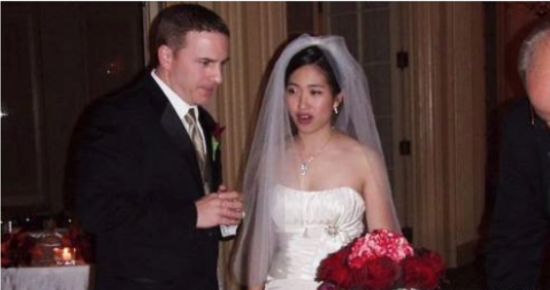
Attending a Wedding: A Cultural Misunderstanding
Have you ever found yourself in a situation where you unknowingly crossed cultural boundaries? Well, let me tell you a story about a woman who experienced just that at a wedding. It all started when she received an invitation to attend her elderly colleague’s daughter’s wedding in Germany. Excitedly, she prepared herself to attend her first “white wedding,” not fully aware of the cultural differences that awaited her.
The woman, a 27-year-old black African living in Germany for work, valued her friendship with her 60-year-old colleague. When she received the invitation, she wanted to make sure she dressed appropriately for the occasion. So she reached out to her colleague to inquire about the dress code and color scheme, but unfortunately, there were no specific instructions given. She was simply told to “dress to impress.”
Armed with this vague guidance, the woman decided to wear a traditional outfit from her home country. She chose a beautiful green garment that she felt confident and comfortable in. Little did she know, her choice of attire would cause quite a stir.
As she arrived at the wedding, the woman stood out with her vibrant green outfit amidst the sea of white. Throughout the event, she received numerous comments and compliments about her attire, which she humbly downplayed, not wanting to steal the spotlight from the bride. Little did she know, her outfit was causing quite a commotion.
Upon returning to the office on Monday, the woman sensed a strange atmosphere. Whispers filled the air, and her colleagues seemed more reserved than usual. Curious, she turned to a trusted friend who revealed the source of the tension – the mother of the bride was furious about her outfit.
According to the mother, the woman’s attire was deemed extravagant and inappropriate, stealing attention away from the bride. Rumors were spread, painting the woman as disrespectful and causing discomfort among the wedding guests. Confused and seeking resolution, the woman approached the mother of the bride to have a conversation, but her attempts were met with refusal.
Defending herself, the woman explained that she had sought guidance on what to wear and had followed the instructions given to her. She had no intention of overshadowing the bride. In her homeland, weddings were joyful celebrations where people showcased their best attire. The concept of not stealing the spotlight was unfamiliar to her.
Despite her efforts to explain herself, the woman faced criticism and racially coded remarks. She refused to back down, maintaining her dignity and asserting that she had done nothing wrong. However, she did acknowledge that she could have done more research or asked for more clarification about the dress code.
In the end, this story raises an important question: who bears the responsibility of clear communication in such situations? Was the woman wrong for selecting an outfit that unintentionally overshadowed the bride, or should her elderly colleague have been more explicit in specifying the dress code? It’s a matter of cultural understanding and the need for clear communication to avoid misunderstandings.
So, the next time you find yourself attending a wedding or any event in a foreign cultural context, take the time to understand the expectations and dress codes. And if you’re the one extending an invitation, make sure to communicate your expectations clearly.
